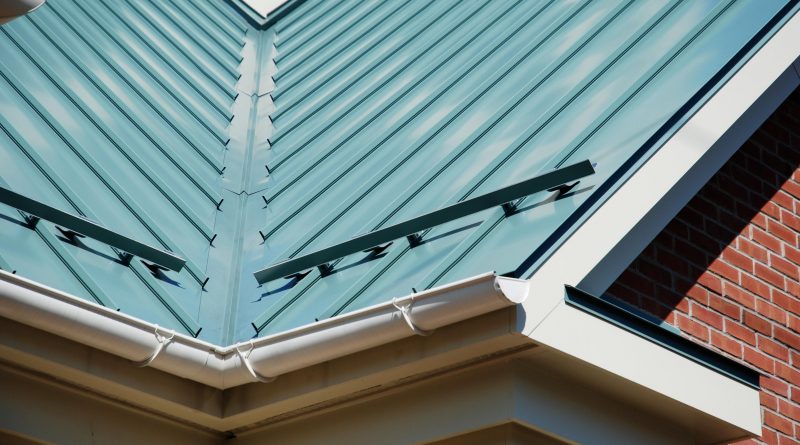Roof avalanches Liability is not always assumed by the homeowner!
With the onset of snowfall, motorists and pedestrians have to expect snowfalls from roofs, so-called roof avalanches. In the event of damage, the question of liability becomes relevant for both homeowners and the injured parties.
When roofs are covered with snow and ice in the winter, homeowners must be careful not only about clearing their roofs due to excessive snow load, but also about the risk of roof avalanches caused by sliding ice and snow. They pose a serious danger to passing pedestrians and also to parked vehicles. If a case of damage occurs, many homeowners are faced with the extremely interesting question of liability for roof avalanches from a legal point of view. Numerous courts have already dealt with this problem and have come to various judgments, since no clear regulations have been made so far. Whether the homeowner or the person affected has to pay for the damage depends on the duty of care and other circumstances. In addition to safety, do not forget about the cleanliness of metal roofing. To keep your roof clean and beautiful you need to use a cordless pressure washer. It’s great for washing your house, cars, bikes, patio.
Roof avalanche liability: To whom does it apply?
Basically, it should be noted that the homeowner is liable for damage caused by roof avalanches if he can be proven to be at fault. This is the case if he has violated or neglected his duty to protect the public, i.e. his duty to eliminate sources of danger. Roof avalanches are one such source of danger. However, the obligation to install safety systems such as snow guards or snow hooks varies greatly from region to region in local regulations and building codes. Among other things, it depends on the roof pitch, the weather conditions and the location of the house: From a roof pitch of 45 degrees (often already from 35 degrees) or in snowy and endangered areas, devices are often mandatory. However, building inspectors may require safety measures even in areas with less snow.
By installing snow guards for standing seam metal roofs, the owner has usually fulfilled the owner has fulfilled his duty to protect the public and possible claims for damages can be averted. Warning signs for roof avalanches or other protective measures are only required under special circumstances. If the homeowner has not installed snow guard systems on his roof in contravention of the regulations, he is generally liable for damage caused by roof avalanches.
Safeguards regarding roof avalanche liability
Homeowners who have installed a system to protect against roof avalanches are on the safe side. If the homeowner is not at fault, the injured party has little chance of recovering damages. The owner’s legal costs are usually paid by the homeowner’s and landowner’s liability insurance that is integrated into the personal liability insurance; for larger properties, this must be taken out separately. Like most liability insurance policies, it is responsible for defending against unjustified claims. Even if the homeowner can be held liable, the insurance pays, because it also covers damage caused by negligence.
Homeowners can also transfer roof avalanche protection to a tenant, manager or janitor – but the owners still have the duty of control! It should be noted that despite the transfer, it makes sense for the owner to have their own liability insurance, because both parties are liable to the injured party.
CONCLUSION
The question of liability for roof avalanches depends on various factors. The decisive factor is whether the homeowner has fulfilled his duty of care. The extent of the road safety obligation in the case of roof avalanches depends, among other things, on regional regulations, weather conditions and the degree of roof slope.


